LED Light Lifespan: How Long Can You Expect Your Bulbs to Shine?
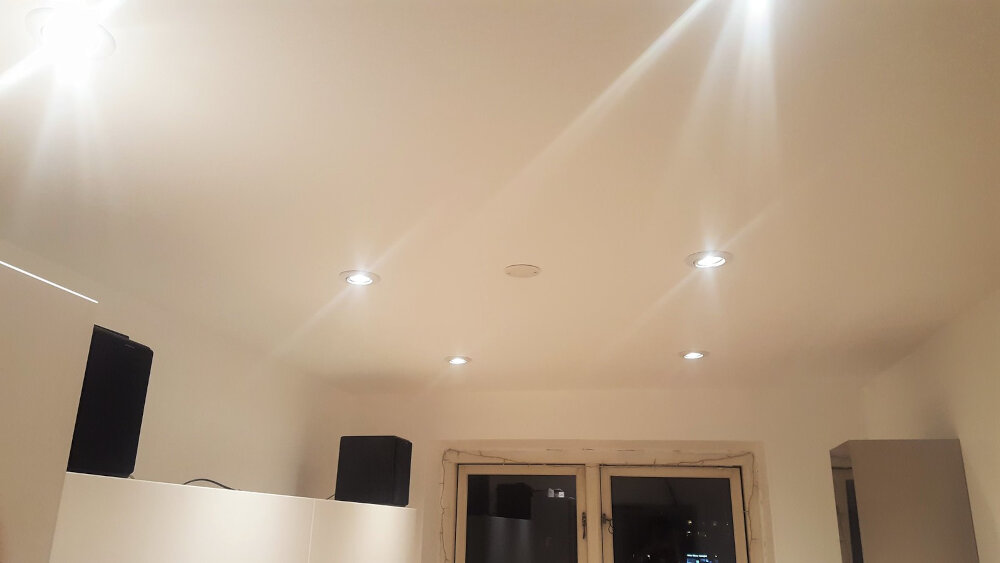
Light-emitting diodes, or LEDs, have revolutionized the lighting industry in recent years. They offer a wide range of benefits compared to traditional incandescent and fluorescent bulbs, including energy efficiency, longer lifespan, and lower maintenance costs. However, with so many options available on the market, it can be challenging to determine how long you can expect your LED bulbs to last. LED light lifespan is a vital consideration when choosing lighting products for your home or business. While LEDs have a reputation for being long-lasting, there are many factors that can affect their lifespan, including the quality of the product, usage patterns, and environmental conditions. In this article, we will explore the factors that influence LED light lifespan and provide useful tips for maximizing the longevity of your bulbs.
LED lights, or Light Emitting Diodes, are a type of lighting technology that has become increasingly popular in recent years. Unlike traditional incandescent bulbs, LED lights do not rely on a heated filament to produce light. Instead, they use semiconductors to convert electricity into light. This makes LED lights much more energy-efficient and longer-lasting than other types of bulbs. LED lights also come in a variety of colors and can be used in a range of applications, from household lighting to automotive lighting to commercial signage. The popularity of LED lights is due in large part to their durability, energy efficiency, and versatility.
What is LED Light Lifespan?
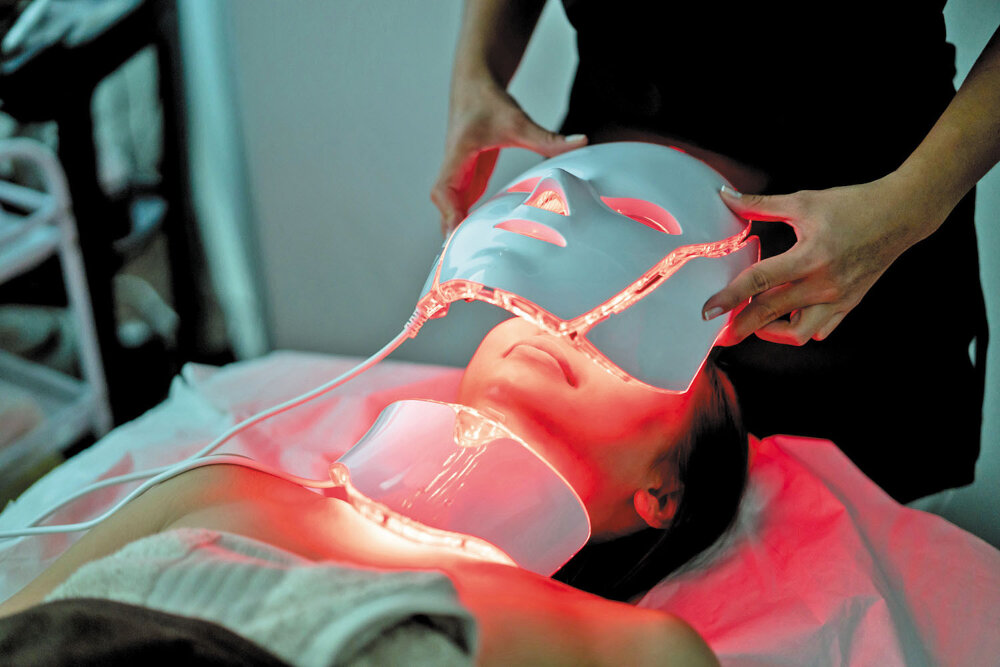
LED light lifespan is a crucial factor to be considered while purchasing any lighting product. The lifespan of an LED light is determined by the number of hours it can operate before it starts to dim or fail. LED lights are known for their long-lasting performance and energy efficiency, which makes them a popular choice among consumers. The lifespan of an LED bulb usually ranges from 25,000 to 50,000 hours, depending on the brand and quality of the product. Unlike traditional incandescent bulbs, LED lights do not burn out suddenly. Instead, they start to dim over time, which indicates that it’s time to replace the bulb. The longevity of LED lights is due to their solid-state design, which eliminates the need for a filament that can burn out. LED lights also produce less heat, which reduces the wear and tear on the bulb and extends its lifespan. Additionally, LED lights are more energy-efficient than traditional bulbs, which means that they consume less energy and generate less heat, further enhancing their lifespan. Overall, the lifespan of LED lights is significantly longer than traditional bulbs, making them a cost-effective and eco-friendly choice for lighting solutions.
LED light lifespan refers to the duration of time that a light emitting diode (LED) bulb can operate before it reaches the end of its functional life. This is typically measured in hours and is a crucial factor to consider when purchasing LED bulbs. Unlike traditional incandescent bulbs, which have a lifespan of approximately 1,000 hours, LED bulbs can last for tens of thousands of hours, making them a far more durable and cost-effective option. The lifespan of an LED bulb can be influenced by a variety of factors, including the quality of its components, the conditions in which it is used, and the frequency of use. Proper maintenance and use can help extend the lifespan of LED bulbs, ensuring that they continue to provide reliable illumination for years to come.
LED lights are a popular choice for their energy efficiency and long lifespan, but several factors can affect their longevity. One of the most critical factors is the quality of the LED chip used in the light. Lower-quality chips are more likely to fail prematurely and have a shorter lifespan. Another factor is the ambient temperature in which the LED operates. High temperatures can cause the LED to degrade faster, while lower temperatures can extend its lifespan. Additionally, the amount of usage and the frequency of turning the light on and off can also impact the LED’s lifespan. Proper maintenance, such as regular cleaning and avoiding overvoltage, can also help prolong the life of an LED light.
How Long Do LED Lights Last?
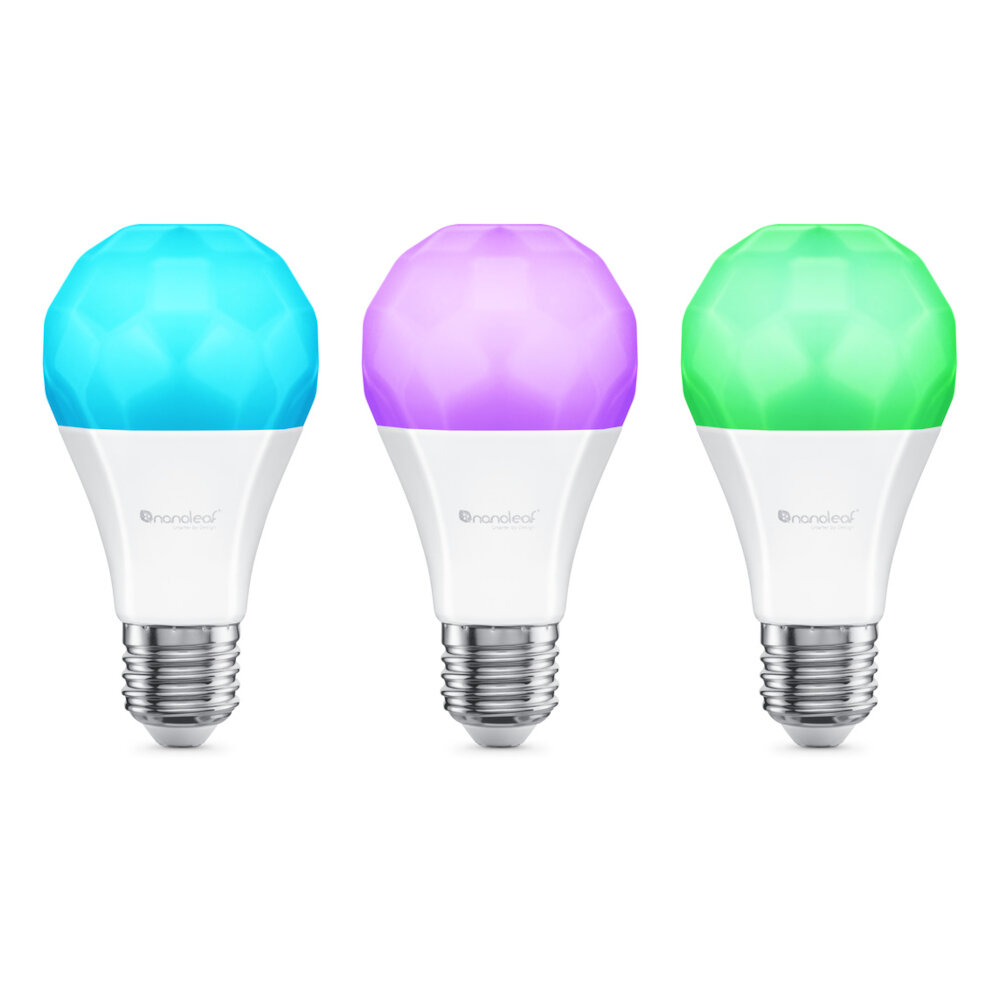
LED lights are known for their energy efficiency and long lifespan, making them a popular choice for both residential and commercial lighting. Unlike traditional incandescent bulbs that can burn out after just a few thousand hours of use, LED lights can last for tens of thousands of hours. On average, LED lights have a lifespan of between 25,000 and 50,000 hours, depending on factors such as usage and quality. This means that if you use an LED light for 8 hours per day, it could last for up to 17 years before needing to be replaced. LED lights also don’t dim over time like traditional bulbs, meaning you can enjoy consistent brightness throughout their lifespan. The longevity of LED lights is due to their unique construction. Unlike incandescent bulbs that rely on a filament to produce light, LED lights use a semiconductor to emit photons. This makes them much more durable and resistant to damage from vibrations or shocks. LED lights also generate less heat than traditional bulbs, which can cause them to degrade over time. By choosing LED lights, you not only save money on energy costs but also reduce your environmental impact by reducing the number of bulbs that need to be replaced over time. With LED lights, you can enjoy reliable and long-lasting illumination for years to come.
LED lights are known for their impressive lifespan compared to traditional incandescent bulbs. On average, an LED light can last up to 25,000 hours, which is approximately 25 times longer than a standard incandescent bulb. The longevity of LED lights can be attributed to their energy-efficient nature, which produces less heat while still providing bright light. This means that LED lights can be used for a longer duration without burning out, making them a cost-effective and eco-friendly option for households and businesses alike. Additionally, LED lights are known for their durability and resistance to shocks and vibrations, further contributing to their extended lifespan. Overall, investing in LED lights not only saves money on energy bills but also reduces the environmental impact of lighting.
When comparing LED bulbs to traditional incandescent bulbs, there are several notable differences to consider. The most significant difference is the lifespan of the bulbs. LED bulbs can last up to 25 times longer than incandescent bulbs, with an average lifespan of 25,000 hours compared to just 1,000 hours for incandescent bulbs. Additionally, LED bulbs are much more energy-efficient, using up to 80% less energy than incandescent bulbs, which translates to lower electricity bills and a reduced carbon footprint. While incandescent bulbs may be cheaper upfront, the long-term savings and benefits of LED bulbs make them a smart investment for both homes and businesses.
LED lights are well-known for their longevity and durability, making them a popular choice for lighting solutions. For instance, standard LED bulbs can last up to 25,000 hours, while high-end LED bulbs can last up to 50,000 hours, which is a significant improvement compared to traditional incandescent bulbs that last only up to 1,000 hours. Additionally, LED tube lights can last up to 50,000 hours, making them a popular choice for offices, schools, and other commercial buildings. LED spotlights and downlights have a lifespan of up to 50,000 hours as well, which means that you can enjoy bright and efficient lighting for many years to come. In summary, LED lights are a smart investment due to their long lifespan and energy efficiency.
Tips for Extending LED Light Lifespan
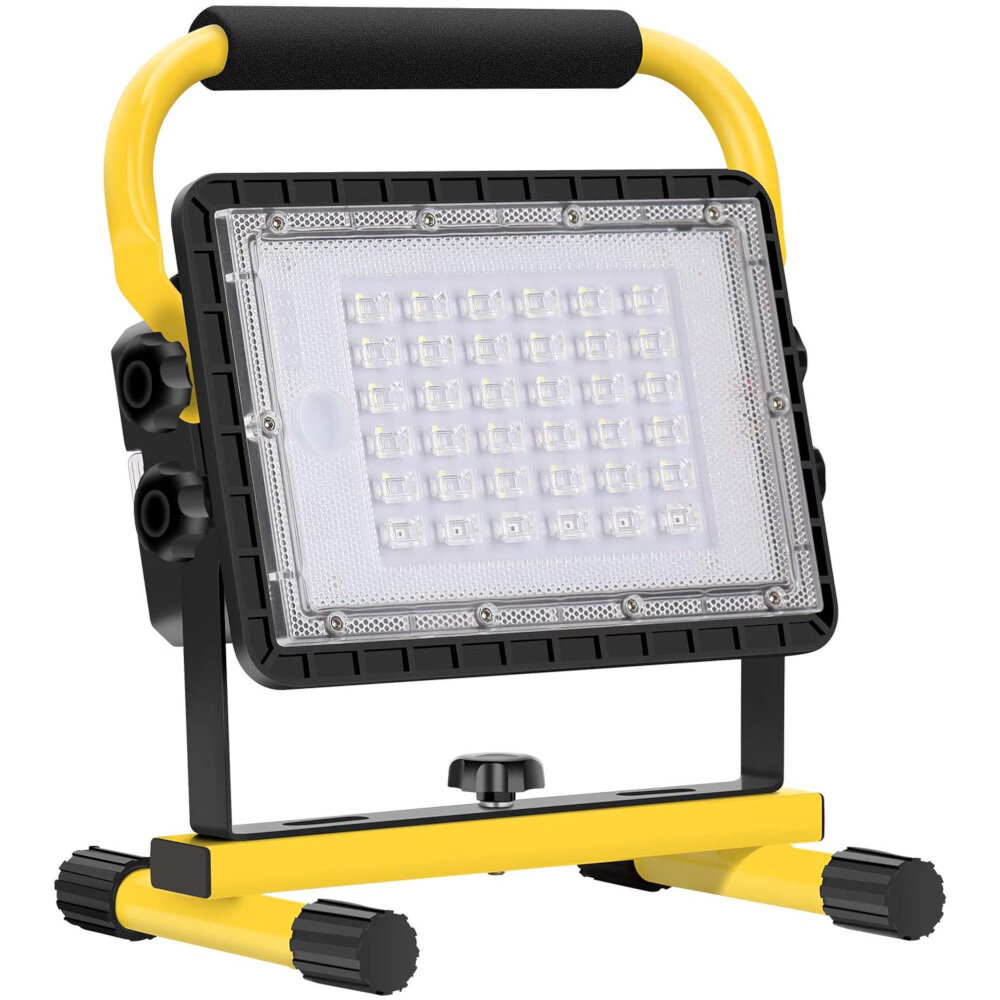
LED lights are becoming increasingly popular due to their energy efficiency and long lifespan. However, there are still some measures that can be taken to extend the lifespan of LED lights even further. One tip is to ensure proper ventilation around the light fixture. LED lights produce heat, and if they are not properly ventilated, this can damage the bulb and shorten its lifespan. By ensuring adequate ventilation, the LED light will be able to operate at optimal conditions, leading to a longer lifespan. Another tip for extending the lifespan of LED lights is to avoid frequent on and off cycles. LED lights are designed to be efficient and long-lasting, but frequent on and off cycles can cause stress on the bulb, leading to a shorter lifespan. Instead, LED lights should be left on for longer periods of time, such as several hours at a time, to reduce the stress on the bulb. Additionally, turning off LED lights when not in use can help to extend their lifespan by reducing the amount of time they are in operation. By following these tips, you can help to extend the lifespan of your LED lights and get the most out of your investment.
Proper installation and usage of LED lights are crucial factors in ensuring their longevity. It is important to choose the right type of bulb and fixture for the intended use, and to follow the manufacturer’s instructions carefully when installing them. Avoid overloading circuits or using bulbs with wattage higher than recommended. Additionally, turning off the lights when not in use and avoiding frequent on/off cycles can help extend their lifespan. Regular maintenance, such as cleaning the bulbs and fixtures, can also help ensure they continue to shine brightly for years to come. By taking these steps, LED lights can provide a reliable and energy-efficient lighting solution for your home or business.
Proper maintenance and cleaning are essential to extend the lifespan of your LED light bulbs. Dust and dirt can accumulate on the surface of the bulbs and reduce their brightness, so wiping them down regularly with a soft cloth can help maintain their performance. Additionally, avoiding excessive heat and moisture can prevent damage to the bulbs and prolong their lifespan. If you notice any signs of damage, such as flickering or dimming, it is important to replace the bulb as soon as possible to prevent further issues. By taking care of your LED light bulbs, you can ensure that they shine brightly for years to come.
When it comes to choosing quality LED bulbs, there are a few things to keep in mind. First, look for bulbs with high lumens output, which measures the brightness of the bulb. The higher the lumens, the brighter the light. Additionally, pay attention to the color temperature, which can range from warm to cool. Choose a color temperature that suits your needs and preferences. It’s also important to consider the wattage equivalence, as LED bulbs use less energy than traditional incandescent bulbs. Finally, make sure to choose bulbs from reputable brands with good customer reviews, as this can be an indicator of quality and longevity. By taking these factors into consideration, you can ensure you are choosing LED bulbs that will provide bright, efficient, and long-lasting lighting for your home or business.
Overheating and power surges can be detrimental to the longevity of your LED lights. To avoid overheating, ensure that your fixtures are properly ventilated and not blocked by any obstructions. Additionally, make sure to use LED lights that have proper heat sinks to dissipate any excess heat. Power surges can also cause damage to your LED lights, so it is important to use surge protectors to prevent any power spikes from reaching your bulbs. By taking these precautions, you can extend the lifespan of your LED lights and save money in the long run.
What Happens When LED Lights Burn Out?
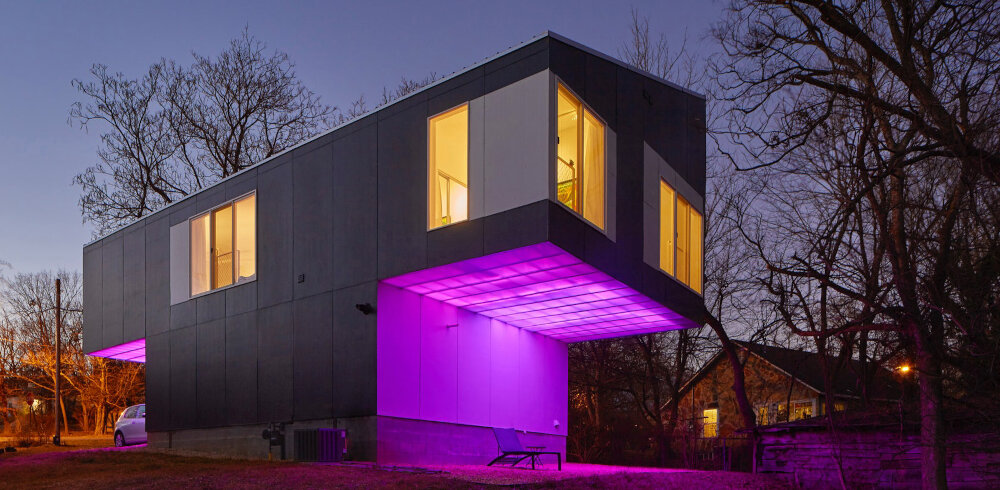
LED lights are known for their long lifespan and energy efficiency, making them a popular choice for lighting in homes and businesses. However, even these high-tech bulbs will eventually burn out. When an LED light burns out, it can be a bit different than traditional incandescent bulbs. Instead of just suddenly going out, LED lights will typically begin to dim gradually over time before finally going out completely. This gradual dimming is due to the fact that LED lights don’t just stop working all at once; instead, they will slowly lose their brightness as their internal components begin to wear down. When an LED light burns out, it’s important to dispose of it properly. Unlike traditional incandescent bulbs, LED lights contain small amounts of hazardous materials, such as lead and mercury. These materials can be harmful to the environment if not disposed of correctly. Many cities and towns now have specific recycling programs to help dispose of LED lights safely. Alternatively, many home improvement stores will accept burned-out LED lights for recycling. By properly disposing of your burned-out LED lights, you can ensure that they don’t end up in a landfill or other location where they can harm the environment.
LED lights have become increasingly popular in recent years due to their energy efficiency, low heat output, and long lifespan. However, like any other electronic component, LED lights are not immune to failure. LED light failure can be caused by a number of factors including poor manufacturing, overheating, voltage fluctuations, and external environmental factors such as humidity or exposure to high temperatures. Additionally, LED lights may experience a decrease in brightness over time due to natural wear and tear of the components. Proper installation, regular maintenance, and purchasing high-quality LED lights can help to extend the lifespan and prevent premature failure. It is important to note that LED lights typically have a longer lifespan than traditional incandescent bulbs, making them a more cost-effective and sustainable lighting option in the long run.
When disposing of burned out LED lights, it’s important to handle them properly to avoid any harm to the environment or yourself. Firstly, make sure to unplug the fixture and let the bulbs cool down before handling them. Then, remove the bulbs from the fixture and check if they can be recycled. Some LED bulbs contain hazardous materials such as lead and mercury, which require special disposal methods. If your local recycling facility accepts LED bulbs, make sure to follow their guidelines for safe disposal. If not, contact your local waste management facility for proper disposal methods. It’s important to dispose of burned out LED bulbs responsibly to reduce environmental impact and keep our communities safe.
Recycling plays a crucial role in reducing the environmental impact of LED light bulbs. LED bulbs contain several materials, including plastic, glass, and metal, which can take hundreds of years to decompose in landfills. By recycling these materials, we can conserve natural resources, reduce energy consumption, and decrease greenhouse gas emissions. Furthermore, recycling LED bulbs helps to prevent the release of harmful chemicals into the environment, such as mercury, which can contaminate soil and water. In addition, recycling also reduces the need for virgin materials to produce new products, which ultimately leads to lower carbon emissions and a healthier planet. Therefore, it is essential to recycle LED bulbs and other electronic devices to minimize their environmental impact and ensure a sustainable future.
LED lights have been gaining popularity in recent years due to their energy efficiency and long-lasting lifespan. On average, LED bulbs are expected to last between 25,000 to 50,000 hours, which is significantly longer compared to traditional incandescent bulbs, which only last around 1,000 hours. However, several factors can affect the lifespan of LED lights. One major factor is the quality of the materials used in the bulb’s construction. Cheaper, low-quality LEDs may not last as long as higher quality, more expensive ones. Additionally, the temperature at which the bulb operates can also impact its lifespan. LEDs that operate at higher temperatures may have a shorter lifespan compared to those that operate at lower temperatures. Finally, the frequency of usage can also play a role in the lifespan of LED lights. Bulbs that are used more frequently may burn out faster compared to those that are used less frequently.
Proper usage and maintenance of LED lights are crucial for maximizing their lifespan. LED lights are designed to last longer than traditional incandescent bulbs, but only if used and maintained correctly. This includes using appropriate dimming controls, avoiding overheating, and ensuring adequate ventilation. Additionally, regular cleaning and inspection of the bulbs and fixtures can help prevent dust buildup and other issues that can affect performance. By taking these steps, users can enjoy the full benefits of LED lighting, including energy efficiency and reduced maintenance costs, for many years to come.
In conclusion, LED lights offer remarkable longevity and sustainability compared to traditional incandescent bulbs. With a lifespan of up to 50,000 hours, they last significantly longer, requiring fewer replacements and reducing waste. Additionally, they are much more energy-efficient, consuming up to 90% less energy than incandescent bulbs. Their low heat emission also makes them safer and more eco-friendly. LED lights may have a higher initial cost, but their long-term benefits make them a wise investment for homeowners and businesses alike. With the ongoing advancements in technology, LED lights are only getting better, and we can expect to see even more efficient and sustainable lighting solutions in the future.
Conclusion
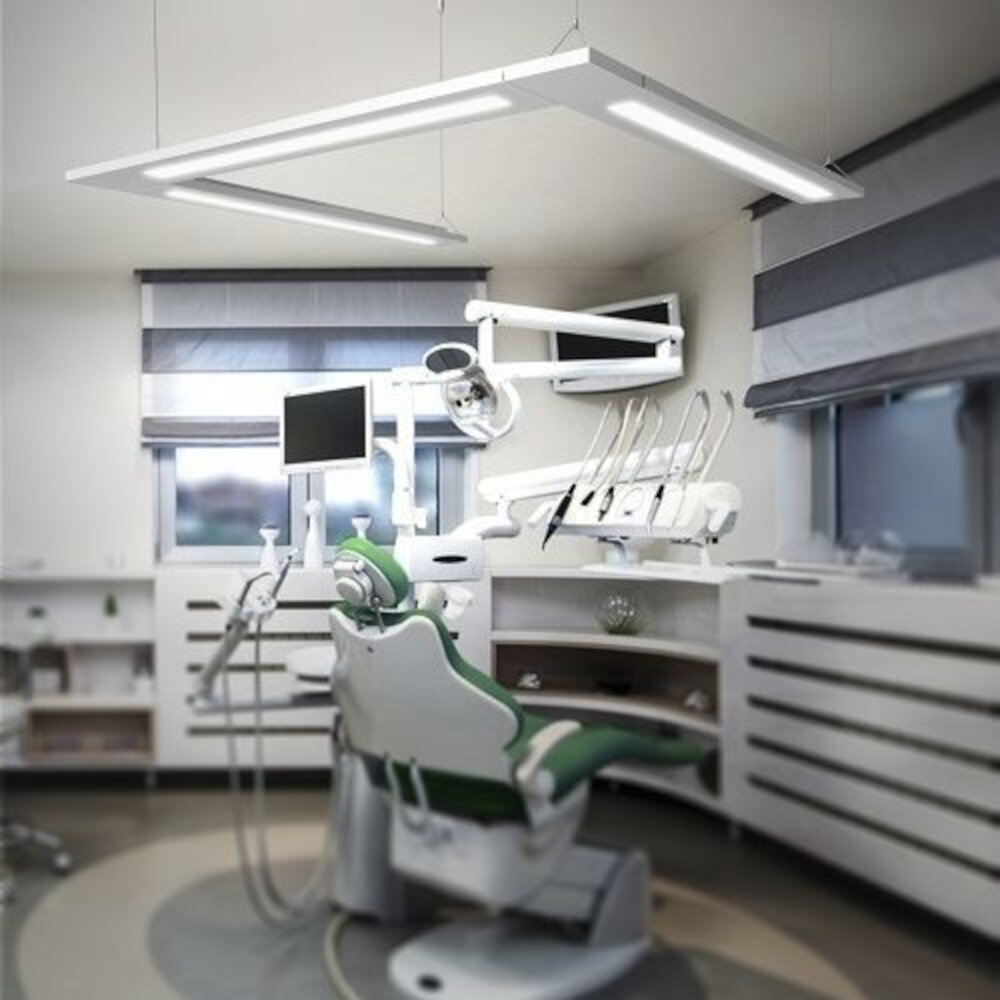
In conclusion, LED lights are a reliable and energy-efficient lighting solution that can last for up to 50,000 hours or more, depending on the quality and usage of the bulbs. With LED technology continuing to advance, we can expect even longer lifespans and better performance in the future. It is important to invest in high-quality LED bulbs and to use them properly to maximize their lifespan and save money in the long run. By making the switch to LED lighting, we can reduce our carbon footprint, save energy, and enjoy a brighter and more sustainable future.




